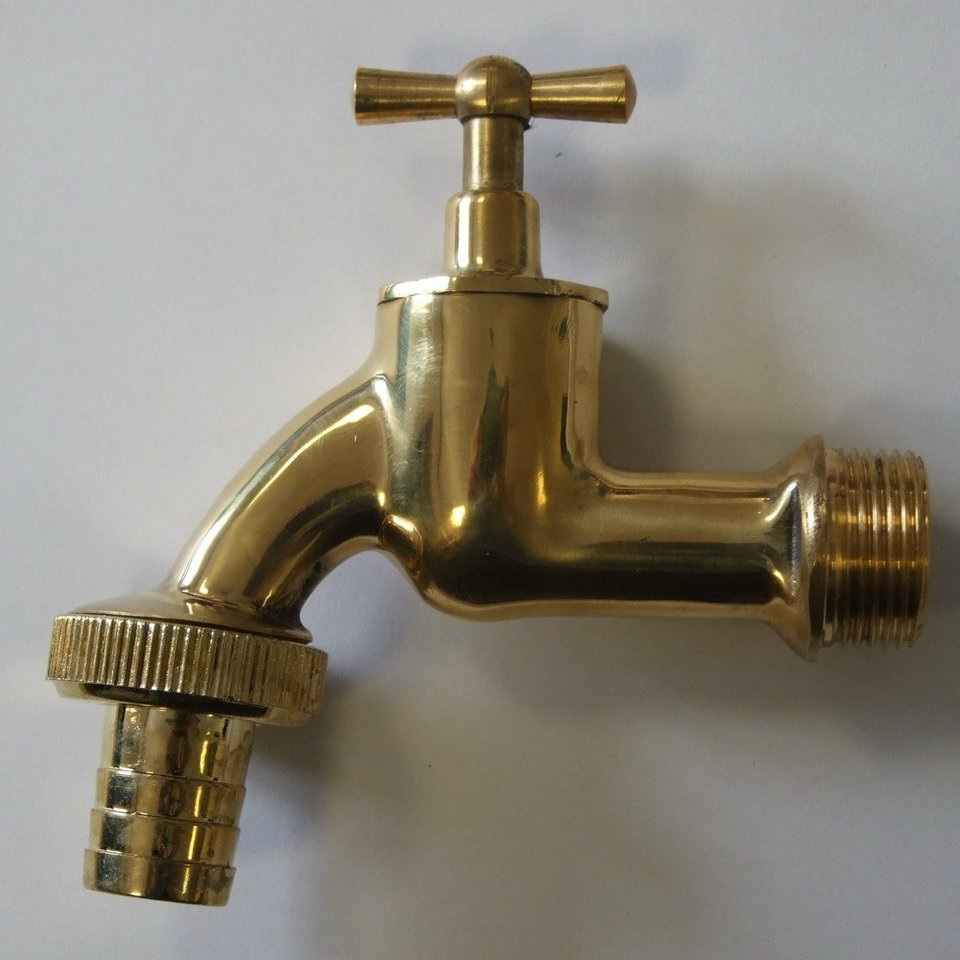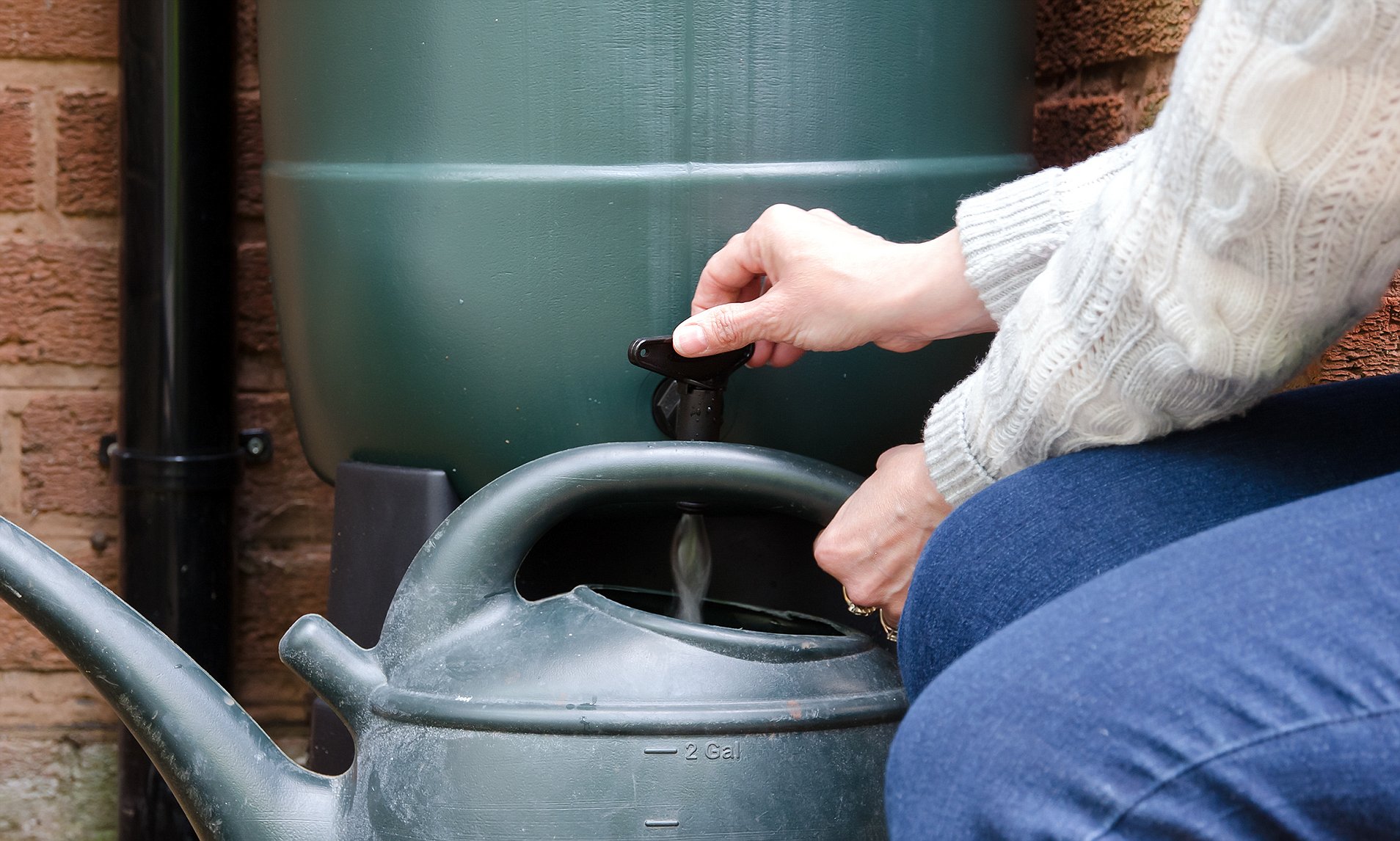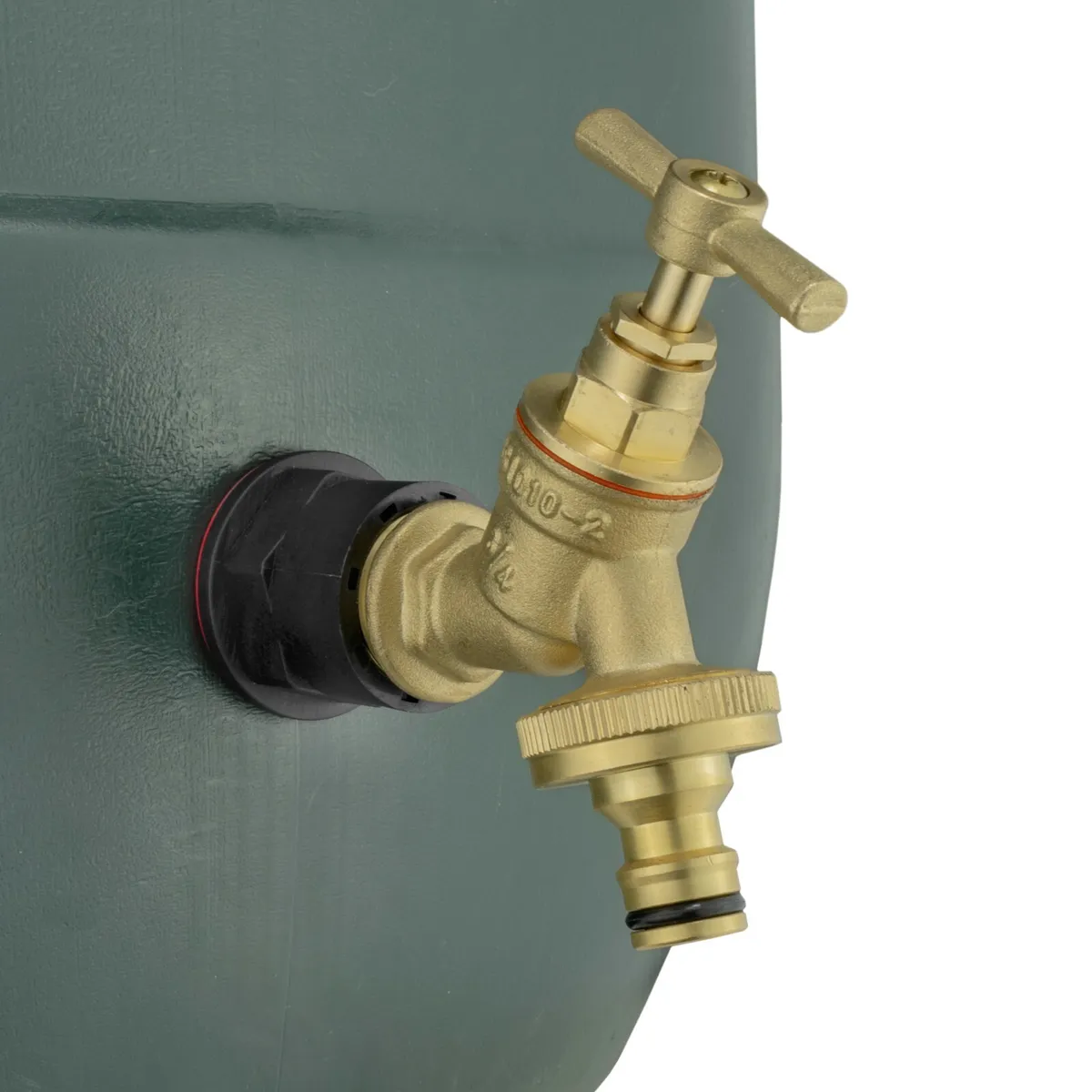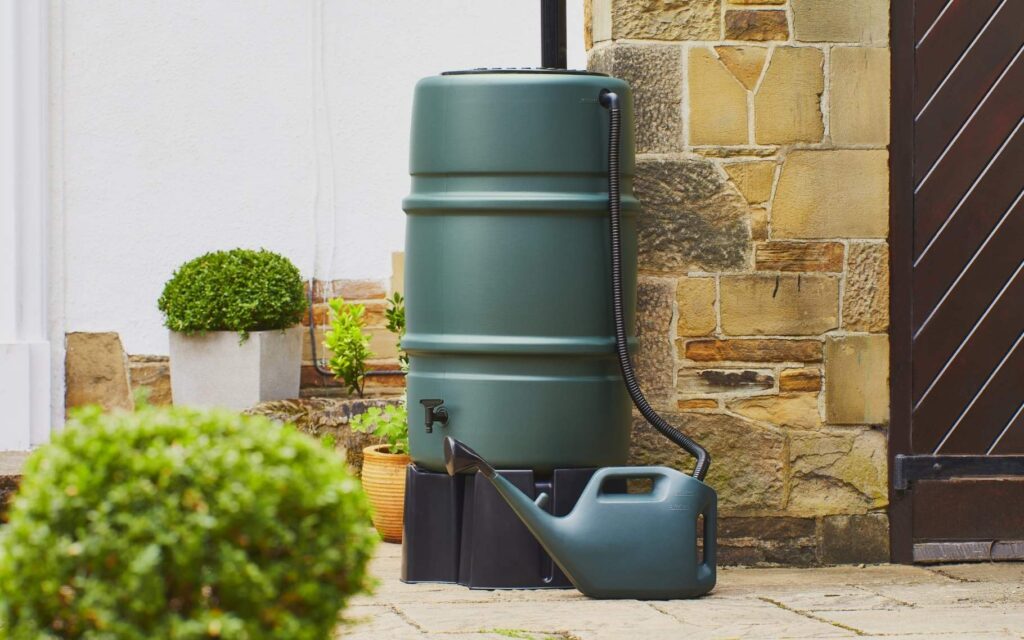With growing concerns about water scarcity and environmental sustainability, many homeowners are turning to rainwater harvesting as a way to conserve water and reduce their ecological footprint. One of the key components of a rainwater harvesting system is a water butt, which collects rainwater from gutters and downspouts. While a water butt alone can store rainwater, adding a tap to it can greatly enhance its functionality and make it easier to access the water when needed. In this article, we will discuss the benefits of a water butt tap and why it is a practical addition to your rainwater harvesting system.
What is a Water Butt Tap?
A water butt tap is a simple device that can be easily installed on the bottom of a water butt. It acts as a valve, allowing you to control the flow of water from the butt when you need to use it. The tap is typically made of durable plastic or metal and comes with a handle or lever that can be turned to open or close the valve.

Adding a tap to your water butt offers several advantages:
1. Convenient Access:
With a tap installed, you can easily access the water in your water butt without the need for buckets or other containers. This makes it much more convenient to use the collected rainwater for various purposes such as watering plants, cleaning, or filling a watering can.
2. Controlled Flow :
The tap allows you to control the flow of water from the water butt. This is particularly useful when you need a steady flow or want to regulate the amount of water being used. It eliminates the risk of overflowing or wasting water by giving you better control over the water flow.
3. Improved Water Harvesting System:
By adding a tap, you enhance the functionality of your water harvesting system. It makes it easier to collect and utilize rainwater effectively, reducing your reliance on mains water supply and saving you money on your water bills.
4. Prevents Contamination:
A tap helps prevent unwanted contaminants from entering the water butt. By closing the tap when not in use, you can ensure that the water remains clean and free from debris, leaves, or insects that might otherwise enter through an open lid.
5. Maintenance and Cleaning:
Installing a tap simplifies the maintenance and cleaning process of your water butt. It allows you to drain the water easily when required, making it more convenient to clean the inside of the water butt and prevent any potential build-up of sludge or algae.
Overall, adding a tap to your water butt improves convenience, efficiency, and control over the collected rainwater, making it a worthwhile addition to any water harvesting system.

Types of Water Butt Taps
There are a variety of water butt taps available in the market, catering to different needs and preferences. Some of the commonly used types include:
1. Standard Plastic Taps:
These are the most basic and commonly used taps for water butts. They are usually made of durable plastic and are easy to install. They typically have a simple on/off mechanism, allowing for easy control of water flow.
2. Brass Taps:
For those who prefer a more aesthetically pleasing option, brass taps are a popular choice. They are durable and have a classic, elegant look. Brass taps often come with a lever or twist handle, providing better control over water flow.
3. Ball Valve Taps:
These taps are designed with a lever that operates a ball valve inside the tap. This type of tap allows for precise control of water flow, making it ideal for filling watering cans or other containers. Ball valve taps are often more expensive but offer improved functionality.
4. Overflow Taps:
As the name suggests, these taps are specifically designed to control the overflow of water from a water butt. They are usually installed towards the top of the butt and divert excess water away from the main tap. This is particularly useful during heavy rainfall or when the butt is already full.
5. Self-Closing Taps:
Also known as “automatic shut-off taps”, these taps are designed to automatically stop the flow of water when a container, such as a watering can, is removed. This feature helps to prevent wastage and ensures that water is only dispensed when needed.
6. Child-Safe Taps:
Child-safe taps are designed with safety in mind, featuring a tamper-proof mechanism that prevents young children from accidentally turning on the tap. These taps often require some additional effort or knowledge to operate, making them suitable for households with young children.
When choosing a water butt tap, it is important to consider factors such as durability, ease of use, aesthetics, and specific needs, such as overflow control or child safety. It is also advisable to check compatibility with your water butt model to ensure a perfect fit.

Conclusion
A water butt tap is a practical addition to your rainwater harvesting system that offers convenience, water conservation, and prevents contamination. It allows you to easily access the stored rainwater, control the flow, and use it for various purposes without wasting water. Adding a tap also facilitates maintenance and increases the lifespan of your water butt. With different types of taps available, you can choose the one that best suits your needs. So, if you have a water butt as part of your rainwater harvesting system, consider installing a tap and reap the benefits it offers.






